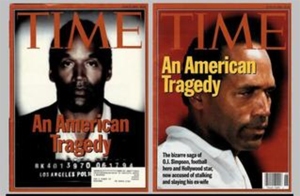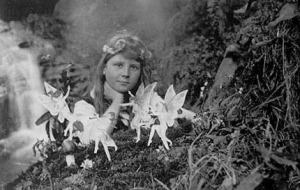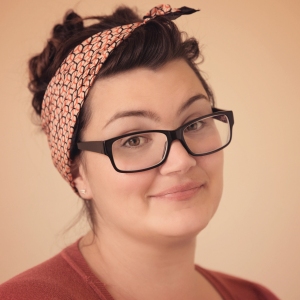For this task I attended the Queensland Centre for Photography in South Brisbane. There were 7 Artists work available for viewing here.
Each Artist’s collection was separate from another’s. Some of them not so appealing to me. They were all lit with directional halogen lighting.
The Artist that stood out to me was Ireneusz Luty and his collection “City de Noir”
The images can be viewed at www.ireneuszluty.com or www.qcp.org.au
____________________________________________________________________________
” “City de Noir” is a unique and engaging photographic exploration which presents the viewer with Sydney from new and unexpected angles. Pictures explore the ordinary moments absorbed by the intensity of everyday city life, encapsulates the fleeting experience and focuses on the beauty in the mundane. The unpredictable and ever changing nature of the city is conveyed through fluid and dynamic compositions and form, which is achieved through long exposure infrared photography. Pictures create the surreal impression of urban life immersed in rapid city environment. Ordinary scenes of everyday life are thus made extraordinary. Sydney is re-imagined and re-presented to the viewer in dark, mysterious and illusory way. ”
(Description taken from qcp.org.au)
______________________________________________________________________________
City de Noir is a collection of 16 black & white images all taken from around Sydney. All of the images seem to single out one or two people going about their daily routine in amongst a city of hustle and bustle. The use of slow shutter speeds and the clever use of light helps to create this. There is also a very strong use of line & shape in the images, being black & white they are also very high in contrast used to create a very dramatic feel to the images.
The image that stood out to me was “street crossing, Druitt Street Sydney” (image 15) The image is of two pedestrians waiting to cross a busy street, which is demonstrated with the use of a slow shutter speed creating fast movement while they are almost frozen in time. There is also a strong use of line in the image and again contrast.
A few years ago I was lucky enough to be given the opportunity to relocate to Sydney for the company I was working for. I jumped at the chance. Not knowing anyone there I initially found it a very lonely place at times, despite being such a busy thriving environment. I think the series of images demonstrates that feeling very well and perhaps that is why they initially stood out to me.
I think the images are very successful, they are printed on Fine Art Cotton Rag.



